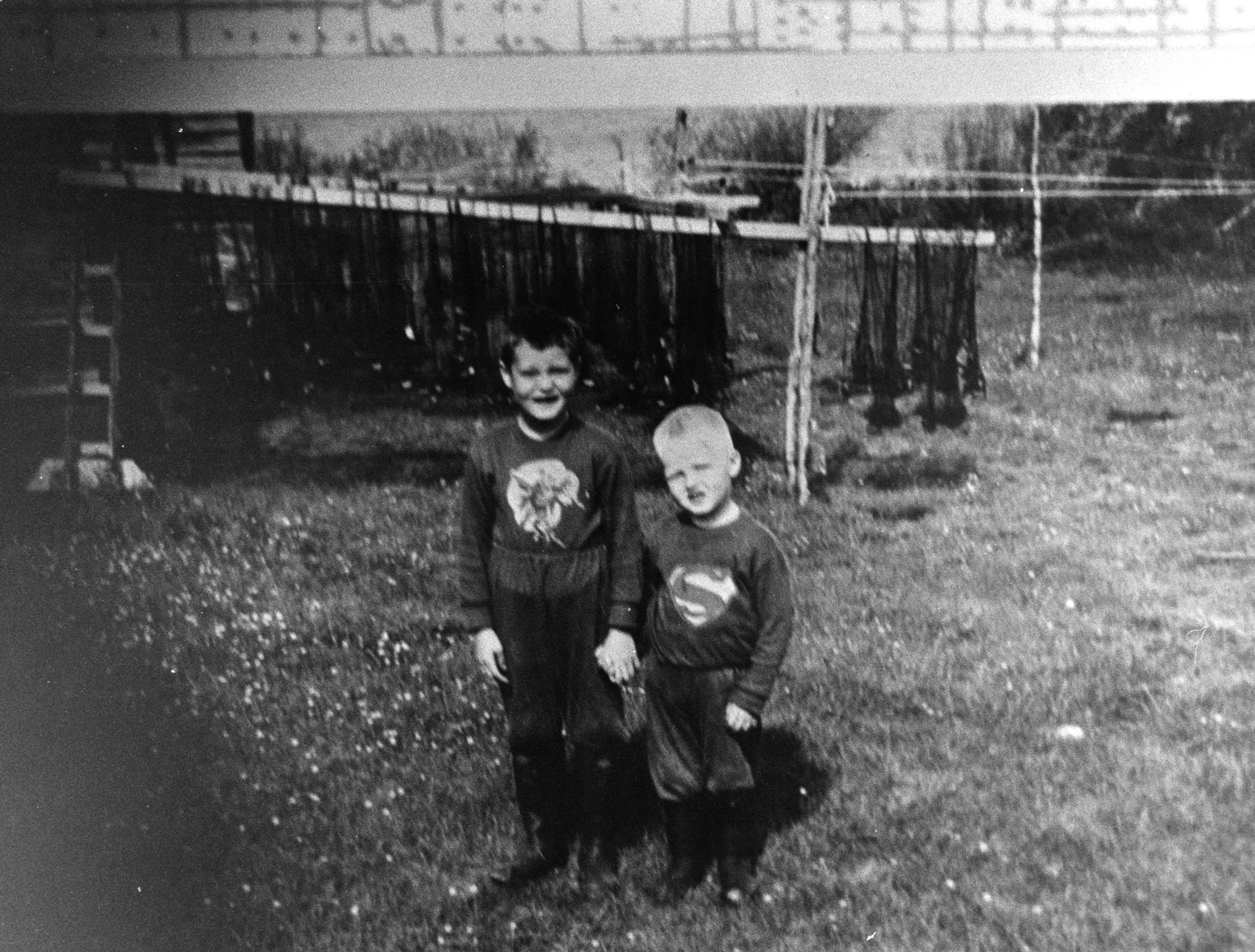“Porgy Salming, brother of Stig, has joined the club. He expects a bright future.”
It has happened, it must be admitted, but it doesn’t happen often that a line in a 52-year-old’s annual report causes a grown man to start crying.
It was precisely this, taken from Brynä’s annual report in 1970 and reproduced in Ola Liljedahl’s book on Börje Salming, that made me do just that.
What an incredible little font.
Imagine that someone had long sat down and typed it, perhaps in passing and somewhat sincerely on a FACIT typewriter in his office, late one evening with a cigarette in the corner of his mouth.
Without having an idea of what will happen, how things will end.
Much longer lines will be written about Börje Salming after his arrival in Brynäs, much later many books, documentaries and feature films have been made about his life and career, thousands of conversations and interviews with him have been published over the years and I believe that Börje Salming, in this way, is One of Sweden’s most well documented athletes.
However, the article is not enough to emphasize the wonders of his life’s journey.
One day, Bureh’s father did not come home
Perhaps the story of ice hockey talent, endemic and raw brick, shaped by primeval rock and icy winds over the Lapland Valley in the north, should probably be told there.
Around a bonfire at the edge of the beach, in the peace and quiet of a clear Torneträsk evening.
– Did you hear Porgy’s story?
The times I met Porgy Salming, we touched on three certain things at a time.
Big Brother Stig, Kiruna AIF and nature around the village of Salmi, five kilometers northwest of Kiruna, on the other side of Torneträsk.


There was the laying of the foundation for great Swedish ice hockey careers, some in terrible pain as a result, others during tjo, tjim and total freedom on the lake or with buddies at the Matojärvi ice rink.
Boreh was only five years old when his father, Erland, employer No. 223, died in the mine when trying to shake off rubble debris from the drive cylinder.
Caught in a conveyor belt, his temple is shattered and Erland dies instantly.
Börje said that one of the few memories he had of his father was the lunchbox the father took with him to work, and when he came home he always kept a piece for his children.
The family hardly had it and it wasn’t any special food, the special thing was that it was my father’s food, from my father’s lunch box.
One day he didn’t come home.
As a pioneer shield, he kicked into the gate
Growing up without a father was difficult, big brother Stig and mom Karen were there of course, but at school and at the ice rink Porgy had to run on his own, had to tie his own skates, there was a lack of a hug to run, shoulder to lace and cheat against.
Of course it hurts, but it came back.
Stig, as an ice hockey player (and possibly also as an older brother) later known as Stygge-Stigge, helped strengthen his little brother on and off the ice.
On the farm in Salmi, around the ice rinks next to home in Matojärvigatan, while training with Kiruna AIF and later in Gavlerinken.
He did it in his own way but with a lot of warmth and care and as a natural model.
Stigge made the Brynäs management to bet on Börje, in that Gävle Tommy Sandlin, Inge Hammarström, Tord Lundström, Lars-Göran Nilsson, Lennart “Tigern” Johansson and the others were willing to help Brynäs spirit, notorious at the time.
Brynäs won SM gold in 1971 and 1972 and after the WC in Moscow in 1973, when Toronto began to show interest in Salming, national team captain Kjelle Svensson came up with advice:
– he goes!
The rest, as it is commonly called, is the history of Swedish sport.
Across the Atlantic came a ship loaded with Swedish ice hockey sticks and embracing the Devils.
As a kind of pioneer shield, he kicked the gate (the doorpost and the whole shit was smoking too) to the best and toughest ice hockey league in the world – to all European ice hockey players.

Today’s league might not have looked the way it does if it weren’t for Boreh Salming.
Those who played with him say he was tough, tough, brave, present, the best fellow imaginable, always mercilessly sacrificing his entire anatomy and existence.
We’ll tell a winter’s tale
we others?
The rest of us can only say it was Börje from Kiruna, a Swedish winter’s tale we’ll tell generation after generation, until it’s over.
If I got pregnant?
King Borg.
Once I was in Kiruna and saw him being honored a stone’s throw from the house he grew up in, at the Matojärvi Ice Rink where 60 years ago he had crawled under the sheet metal to get some ice skating.
Mother Karen and her brother Stig were there, and she sat a meter away from Porgy and saw him so full of pride that he could scarcely fit into the booth where he was standing.
Kiruna was cold and dark, in the LKAB building the office rooms ’21’ were sparkling in all black, these are my strongest memories of Börje and I will not forget them as long as I live.
After an outing unparalleled in Swedish ice hockey history and a meek farewell that left no one untouched, he has now moved on, covering a few shots with his mouth on the way, to meet his father Erland in a different way. Far corner from here.
He has something to say, Porgy, when they meet again.
